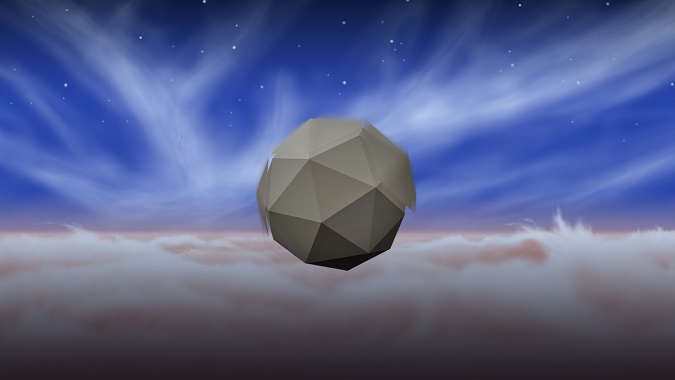Engineers at NASA’s Jet Propulsion Laboratory (JPL) in Pasadena, California, are exploring the concept of wind-powered robotic probe which could explore distant gas giants like the planet Jupiter.
The team of JPL engineers recently began to explore the concept in a year-long study, backed by $100,000 in funding provided by NASA’s Innovative Advanced Concepts (NIAC) program, in which the team will attempt to determine whether or not the concept if feasible.
Citing a naturally occurring example of what the researchers hope to achieve with their windbot, the study’s principal investigator, Adrian Stoica, stated in the JPL’s windbot announcement, “A dandelion seed is great at staying airborne. It rotates as it falls, creating lift, which allows it to stay afloat for long time, carried by the wind. We’ll be exploring this effect on windbot designs.”
A dandelion seed is great at staying airborne. It rotates as it falls, creating lift, which allows it to stay afloat for long time, carried by the wind. We’ll be exploring this effect on windbot designs.
The force which drives this new probe concept is wind and by embracing it, the team hopes to tap into what Stoica referred to in the aforementioned JPL announcement as “a spring of energy a probe could drink from” in a manner similar to the way some wristwatches harness shaking motions to wind themselves up.
If the construction of one windbot seems inadequate, Stoica is right there with you as he implores you to “imagine a network of windbots” strewn about the atmosphere, beaming back data on the perpetually fluctuating weather patterns.
One could imagine a network of windbots existing for quite a long time on Jupiter or Saturn, sending information about ever-changing weather patterns (…) And, of course, what we learn about the atmospheres of other planets enriches our understanding of Earth’s own weather and climate.
In other news, NASA is offering $2.25 million to out-of-the-box thinkers who can design and build 3D printed habitats for deep space exploration.
























